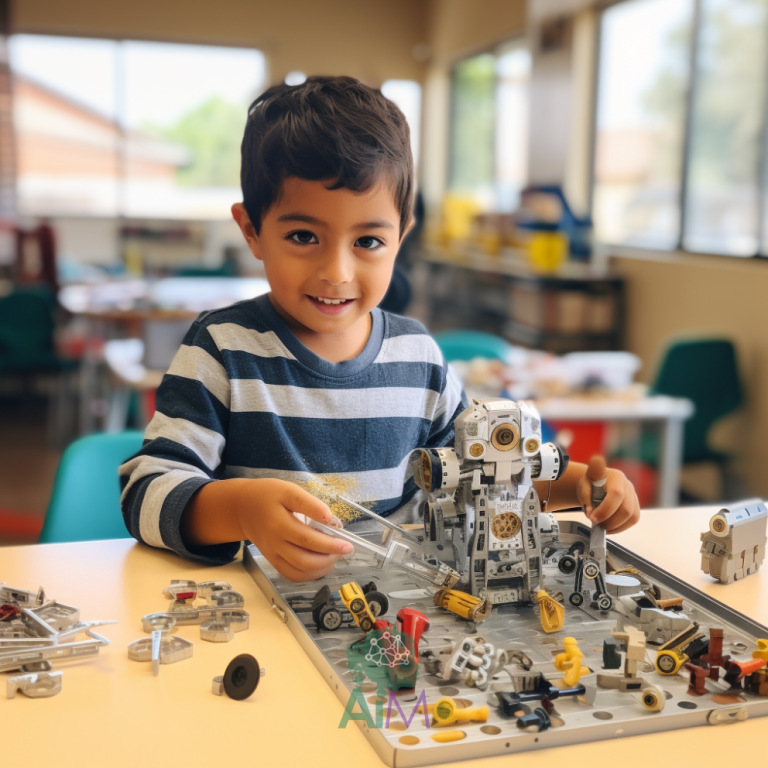Children don’t leap from stacking blocks to writing code overnight; they take a carefully sequenced journey that begins with curiosity in their fingertips.
In a Montessori classroom, that journey starts with sensory play like pouring water, sifting sand, matching fabric swatches, because rich tactile experiences light up the parts of the brain that handle language, memory, and higher-order thinking. Current research backs Dr Montessori’s century-old intuition: studies published in 2024 show that sensory-rich tasks build stronger neural connections and boost early literacy and numeracy more effectively than passive drills.
As children repeat those hands-on tasks, they begin to spot patterns: the pink tower always shrinks by exactly one centimeter, a cylinder that doesn’t fit must belong in another hole, pouring too fast means spillage to clean up. These “rules of the real world” become the mental scaffolding for more abstract ideas—first simple counting, then skip-counting, eventually the logical if-then reasoning that powers computer programs. In other words, Montessori turns concrete manipulation into computational thinking long before a screen ever appears on the shelf.
When screens finally do arrive, the work is deliberately “unplugged.” Children in the early primary years learn to “program” friends across a floor grid or to build bead-chain skip-count sequences that behave like loops in code.
A 2023 meta-review of unplugged coding lessons with 5- to 8-year-olds found significant gains in problem-solving and creativity, precisely because the body—not just the eyes—stays involved. By the time laptops open, block-coding platforms feel like another language the children already half-speak.
All of this aligns with broader STEM-education research urging schools to start early and keep learning hands-on to hold children’s interest through the middle years and beyond. In practical terms, that means a child who once loved transferring beans now feels equally at home writing a loop in Scratch or measuring garden data for a science graph—the skills that future workplaces and the National Education Policy both flag as essential.
If you’re touring Montessori schools in Mangalore, remember this: those beads and cards aren’t just cute—they’re the first steps toward coding, robotics, and every other “future-ready” skill your child will need.
When kids pour, scoop, and sort, they’re training their brains to notice patterns and solve problems. Later, when we add technology, it’s only to deepen that curiosity, not replace it. In other words, tomorrow’s digital confidence still starts with today’s sandpaper letters and bead chains—and that’s exactly the kind of hands-on journey the best Montessori classrooms protect.

